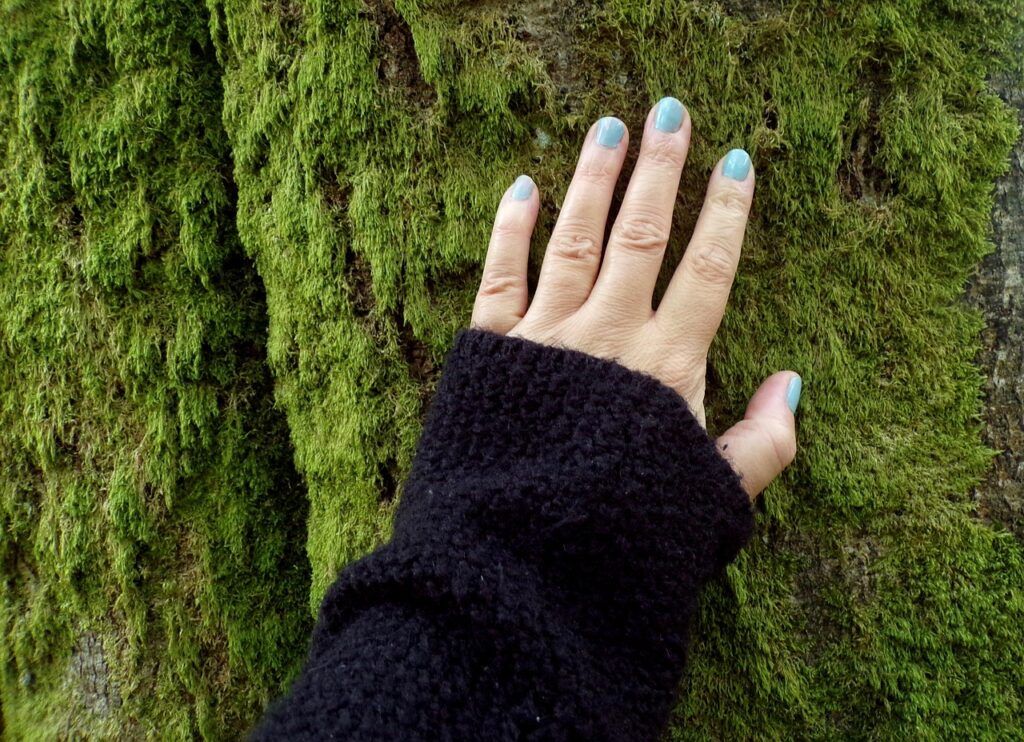
According to popular belief, the Celts were a warrior people from the Iron Age who dominated Europe in the 8th century BC. They were not a single people, but rather a large network of tribes united by language, rituals, art and customs. Expert in metallurgy, their society was organised around agriculture, warfare and religion, with a social structure that included warriors, nobles, craftsmen and Druids.
The Druids were members of a highly regarded social class. Educated and respectable, they were spiritual leaders, sages, philosophers, and priests, comprising both men and women, who knew the secrets of nature, medicine, astrology, and served as judges and advisors to the nobles. Their training was broad and deep, with twenty years of apprenticeship, during which they learned prayers, magic spells, chants, meditation and integration with nature. Nothing was written down; they passed on their knowledge and traditions orally. Their teachings were kept completely secret, and the apprentice needed a certain native ability to be able to handle the powers they acquired over nature and in magic.
This social class also included bards and vates. The bards were poets, musicians, and storytellers, who preserved culture through the oral tradition. The vates, meanwhile, were the ones who predicted the future and practised medicine.
But beyond what is known and what is supposed about these ancient people, we wonder:
- Who were they really, beyond the myths?
- What knowledge did they hold?
The Celts had a deep connection with nature, considering it as a living being with which they interacted. For them, the forests were sacred, filled with spirit and vital force in every plant, tree, river, and stone. They held trees, especially the oak, to be a source of life and strength.
The Druids were the intermediaries between the spiritual and human worlds. They kept the balance between the soul and nature.
Their ceremonies were held in natural places: oak forests, hilltops, high up places where they could connect with the sky and the earth. Other sacred places such as rivers, lakes, and marshes were considered purifying and had special powers. Some of these sacred places were: Stonehenge, the Ring of Brodgar, the Clava Cairns and Kilmartin Glen.
Sacred forests (Nemeta)
The stories of their connection with the natural world evoke images of sacred forests, peaceful rivers, starry skies, creating an atmosphere of deep mysticism. Druid priests worked with the natural elements and nature elementals of the place, uttering prayers and sacred words, asking for protection, health and prosperity for their people.
Among their most important rites are those of the four seasons:
Imbolc (February), associated Brigid, Goddess of fertility, beginning of Spring.
Beltane (May) the beginning of summer, fire and fertility rituals.
Lughnasadh (August) ripening of crops.
Samhain (November) End of the harvest and beginning of winter, when the spirits of the dead were also honoured.
The Druids’ knowledge of natural cycles and cosmic forces allowed them to guide their communities in the celebration of rituals and festivities, as well as in making important decisions.
Celtic esotericism and the Druids: symbols of their wisdom
Among their symbols we find the tree of life, known as Crann Bethadh, which represents the connection between heaven, earth and the underworld, as well as the continuous cycle of life:
- The branches represent the heavens, decisions made, the search for knowledge and spirituality.
- The trunk symbolises the present, personal progress, life on earth.
- The roots represent a connection with the past, ancestors, and the Underworld.
- The tree represents protection, shelter, and wisdom.
The Celts planted a tree in the centre of their community, which was used as a meeting place for important decisions and ceremonies. This reflected their esoteric worldview of multiple dimensions and the interconnectedness of everything.
We find the tree of life in many other cultures, representing the connection between the divine and the earthly. Among these cultures are the Chinese, Buddhist, Hindu, Mesopotamian, Egyptian, Norse, Mayan, Islamic, and Judaism, each with their own particular interpretations.
- Celtic knots are intertwined patterns that have no beginning and no end. They symbolize eternity, interconnectedness, and the cycle of life, death, and rebirth. These patterns, found in Celtic art, represent a variety of ideas such as unity, love, protection, and spiritual growth.
- In Celtic culture, the spiral is a powerful symbol with many meanings, mainly related to the cycle of life, energy, and eternity. It represents growth, evolution, and the interconnectedness of all living beings, as well as the soul’s journey through birth, life, death, and rebirth.
Through these symbols, Celtic esotericism speaks of the transmigration of souls. Death was not the end, but a transition or a new stage of existence. This allowed them to see death as an opportunity for the evolution of the soul.
The esoteric Celtic legacy of modern Scotland
Is manifested through symbols, mythology, and spiritual practices that still resonate in contemporary culture. The Celtic cross, with its natural elements, is a prime example.Mythical creatures such as kelpies (water horses), selkies (seal women), and cat sidhe (mystical cats) continue to inspire art, stories and films.
The Druids and Celts in Scotland were much more than warriors and farmers. Their noble culture, magic and spiritual strength even today invite the spiritual seeker to follow in their footsteps. Their legacy inspires us to seek hidden truths, not only in ancient stone circles, but in our own nature and in the cycles of life.
When you explore the ancient landscapes of Scotland, you will find that the Celtic heritage is still very much alive. What echoes of Druidic and Celtic esotericism will resonate in your own quest?
Subscribe to the blog!
Subscribe to our blog!

